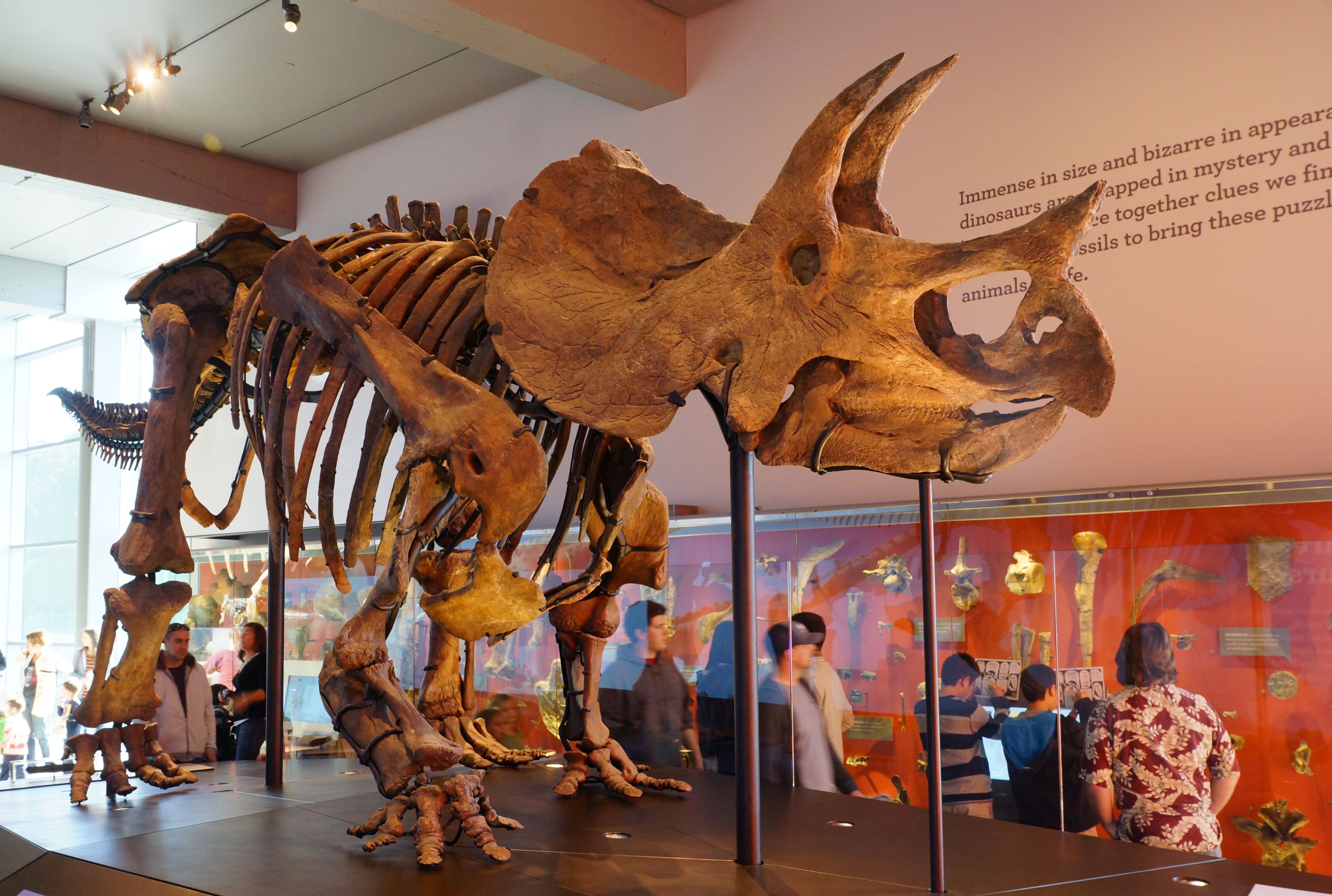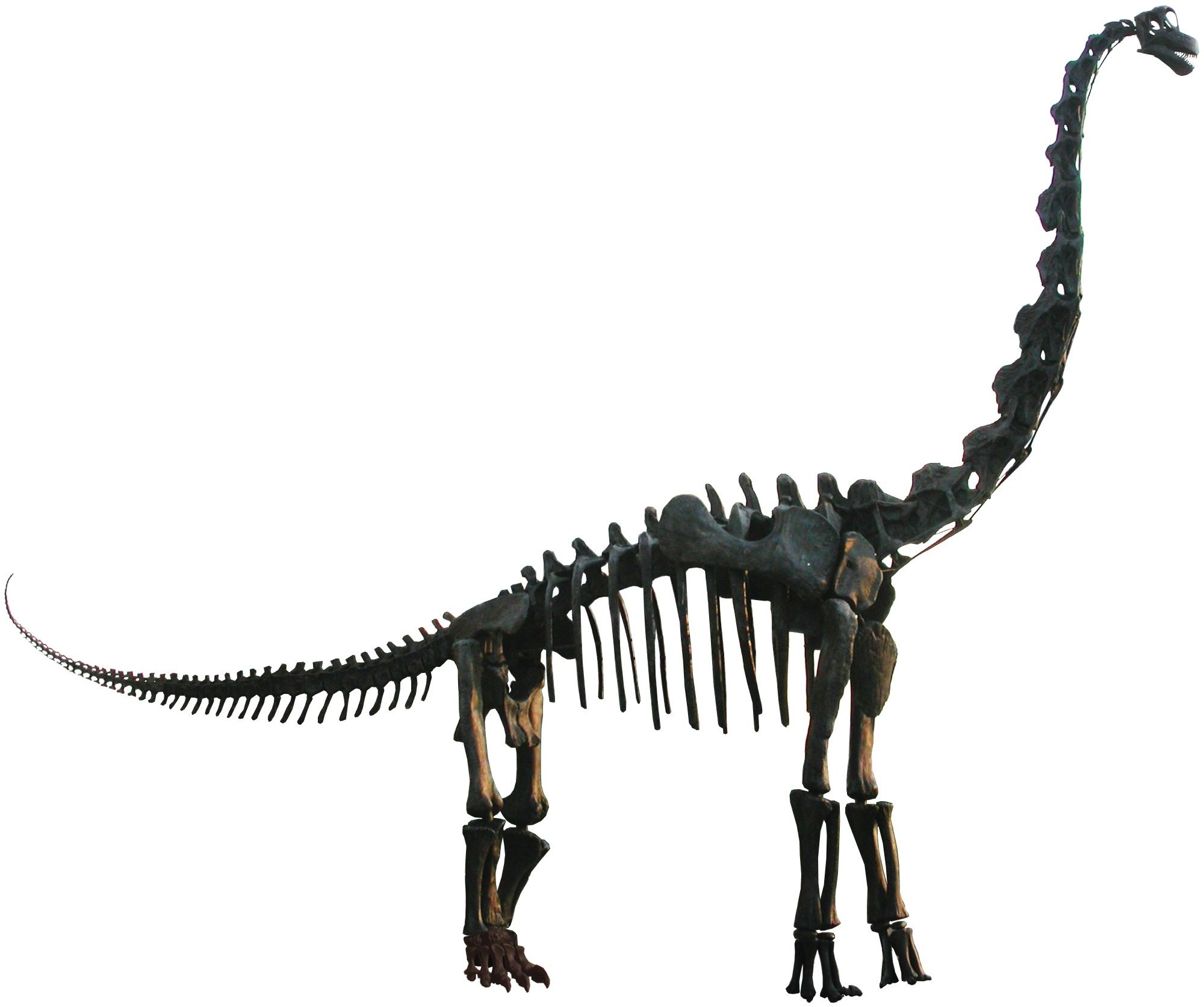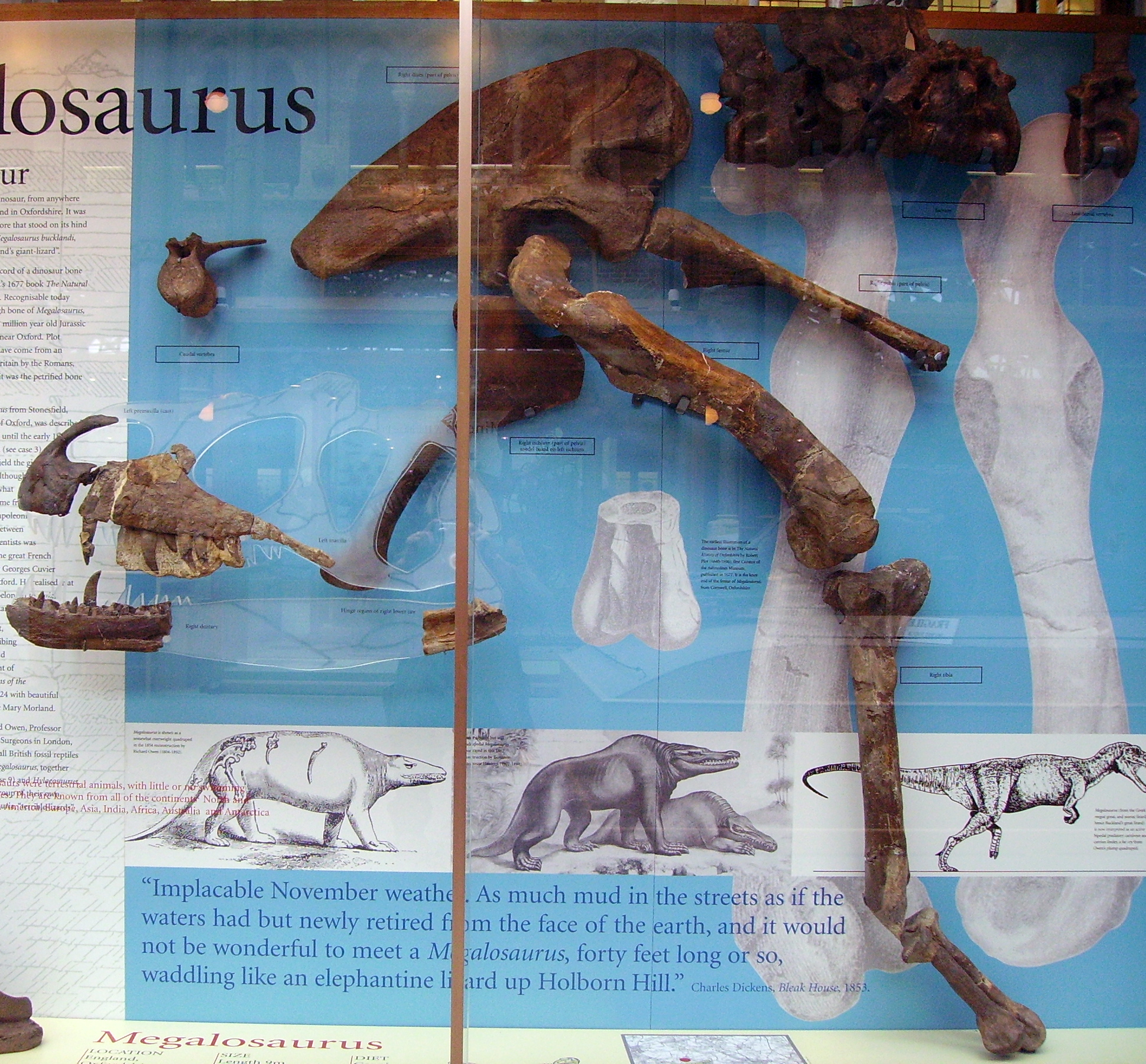

|
||||
| Home | Gallery | History | Form | Contact Us |
| Categories | Description |
|---|---|
 |
Triceratops (lit. 'three-horned face') is a genus of chasmosaurine ceratopsian dinosaur that lived during the late Maastrichtian age of the Late Cretaceous period, about 68 to 66 million years ago in what is now western North America. It was one of the last-known non-avian dinosaurs and lived until the Cretaceous–Paleogene extinction event 66 million years ago. The name Triceratops, which means 'three-horned face', is derived from the Greek words trí- (τρί-) meaning 'three', kéras (κέρας) meaning 'horn', and ṓps (ὤψ) meaning 'face'. |
 |
Brachiosaurus is a genus of sauropod dinosaur that lived in North America during the Late Jurassic, about 154 to 150 million years ago.[1] It was first described by American paleontologist Elmer S. Riggs in 1903 from fossils found in the Colorado River valley in western Colorado, United States. Riggs named the dinosaur Brachiosaurus altithorax; the generic name is Greek for "arm lizard", in reference to its proportionately long arms, and the specific name means "deep chest". Brachiosaurus is estimated to have been between 18 and 22 meters (59 and 72 ft) long; body mass estimates of the subadult holotype specimen range from 28.3 to 46.9 metric tons (31.2 to 51.7 short tons). It had a disproportionately long neck, small skull, and large overall size, all of which are typical for sauropods. Atypically, Brachiosaurus had longer forelimbs than hindlimbs, which resulted in a steeply inclined trunk, and a proportionally shorter tail. |
 |
Megalosaurus (meaning "great lizard", from Greek μέγας, megas, meaning 'big', 'tall' or 'great' and σαῦρος, sauros, meaning 'lizard') is an extinct genus of large carnivorous theropod dinosaurs of the Middle Jurassic Epoch (Bathonian stage, 166 million years ago) of southern England. Although fossils from other areas have been assigned to the genus, the only certain remains of Megalosaurus come from Oxfordshire and date to the late Middle Jurassic.
|
|
How deadly were dinosaurs? What did they eat? Did humans live alongside them? How did they die out? More importantly, who would win if a T-Rex fought three Velociraptors? Paleontologist, professor and author Steve Brusatte answers all of the internet's burning questions on dinosaurs.
|
|
|
In this documentary, you'll learn what really happened on the "last day of dinosaurs". From the asteroid that killed the dinosaurs to the rise of mammals, you'll find out the whole story in this exciting documentary.This documentary is full of exciting information about dinosaurs and the prehistoric period.
|